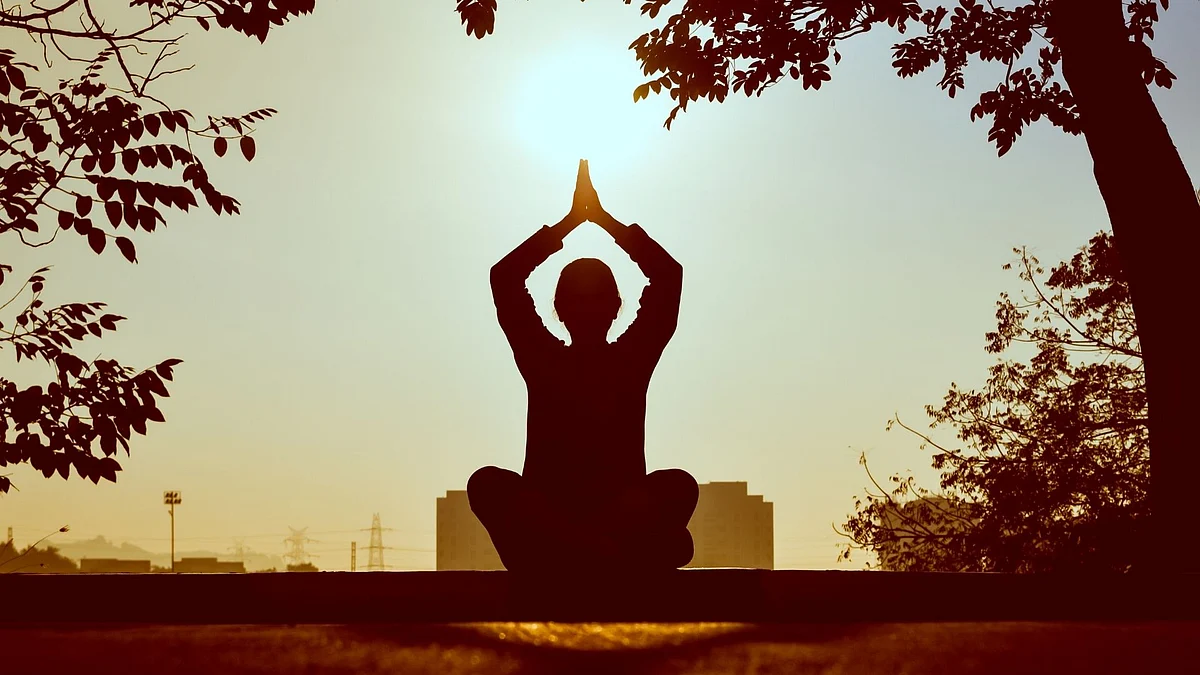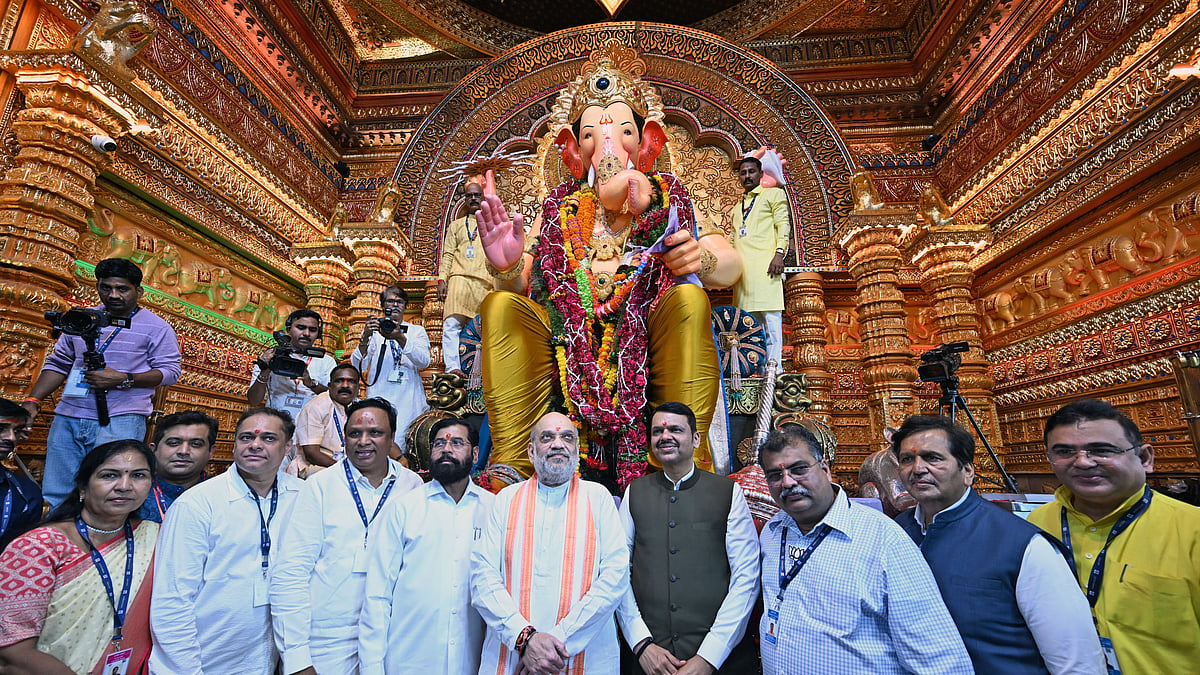Ayurveda, Yoga and other scriptures focus on our body along with its interaction with our inner consciousness. Activated energies from the inner self stop diseases and handle them if affected. One of the vital forces and its mode of action is Tridanda, or the three dimensions of life – Body, Mind and Soul. In this first part, we speak on Tridanda and the first two dimensions – Body and Mind.
The Tridanda talk
Tridanda in Ayurveda includes body, mind (psyche) and soul (the true self or consciousness). Located in mutual association with each other, they jointly make up the body and a person's immortal essence of life. Only after understanding the knowledge of Tridanda, a physician can go to the root of the disease and opt for the right treatment accordingly.

Body or Sarira
Ayurveda states that the whole world and all its microcosms and macrocosms become real with the blend and structure of ‘pañcamahābhūta’ or the five basic elements. Pañcamahābhūta’ or the five basic elements include: 1. Space or Ether, 2. Air, 3. Water, 4. Fire and 5. Earth. These five elements are at the heart of Ayurvedic science.
The five sensory and motor organs support and uphold the body. They create the upholding constituent factors and nutritive components in the body. The body consists of five sense faculties: Eyes (Optic), Ears (Auditory), Nose (Olfactory), Tongue (Gustatory or Taste) and Skin (Touch or Tactile). These were created due to the mix of the five elements, which helps them function.

Body Structure: Ayurveda divides the body into eight parts – hands, neck, legs, lateral, dorsal, abdominal and thoracic regions. Subsidiary organs include the chin, lips, ears, all fingers and joints. Some scriptures are divided into six principal parts or 'sadanga' – head, trunk, hands and legs.
Excretory Passages: There are nine excretion passages in men (including eyes, ears, nostrils, mouth, anal region and urethra) and twelve in women. For women, it is the same as men but includes vagina and the nipples.
A detailed study of the body includes veins, arteries, lymph channels, nerves, muscles, hair follicles, and other related parts of the body.
Mana (Sattva): Mind (Psyche)
Your organs work in tandem with the mind, thus making the mind the most vital body part. It is a sensory and a motor organ responsible for coordinating perception and action. It is called 'ubhayendriya'. ‘Mana’ mainly handles any thoughts or actions.
The mind is a vital link between the ātmā and the sense organs' to get knowledge. However, the mind is unconscious and depends on its ability to imitate the light from ātmā. Thus, ‘mana’ or ‘sattva’ is one of the four main organs of conscience.

Location: The manas lies between the heart and the brain, which are interdependent. While the heart is the base for the mind's deeper aspects, the brain is the base for the outer functions via the senses and motor organs.
Functions: Manas' main function is to transfer the intercepted sensory data to the motor organs, brain and other areas of emotional and intellectual activity and help them in proper reactions.
Features and Strengths: The mind is the epicentre of complete knowledge of the three periods (past, present and future), three life goals or objectives (virtue, wealth and lust) and controls boundaries and liberty.
The state of mind is essential for a person's personality. Usually, the three non-permanent modes apply to the mind since it is our body's subtle facet. Though small and subtle, they are inter-reliant and variable as per associations and actions. Everyone has all three, but only one is more dominant.
Just like the doshas, the mental strengths based on these are further divided into three and considered the prakriti of the manas. Sāttvika stands for spiritual, pure, ethical and conscious. Rājasika stands for restless, unstable, desirous, distractible and prone to anger. Tāmasika is mostly ignorant and unconscious.

Manas and Ayurveda
It is well-known that the qualities of the body and body impact each other. Thus, the Ayurvedic system of medicine for patients' physical and mental conditions considers this before finalising the treatment. It divides the ailments into physical and mental. Physical treatment for mental ailments is normal. Having a healthy lifestyle is good for the mind and body.
Patanjali works on Ayurveda to provide the vital products. Patanjali Nutrela Moringa Tablets (30 Gms) is a complete package for body and mind. This rich source of vitamins, minerals and antioxidants is sourced from Moringa leaves. It is an immunity booster and helps lead an active lifestyle. Or choose Divya Shankhpushpi Churna (100 Gms). It works well on cognitive functions, stress reduction and all things to boost mental health.
In the next part, find out about the third Tridanda or dimension – Ātmā or the soul.










